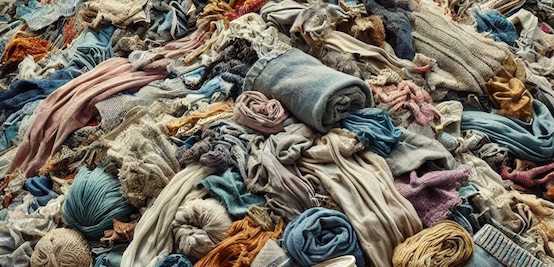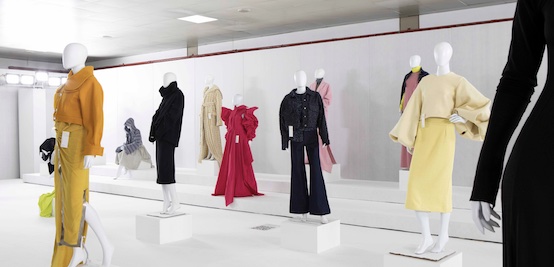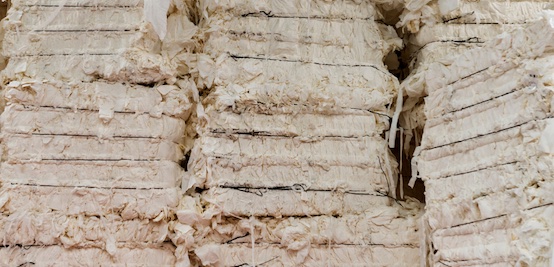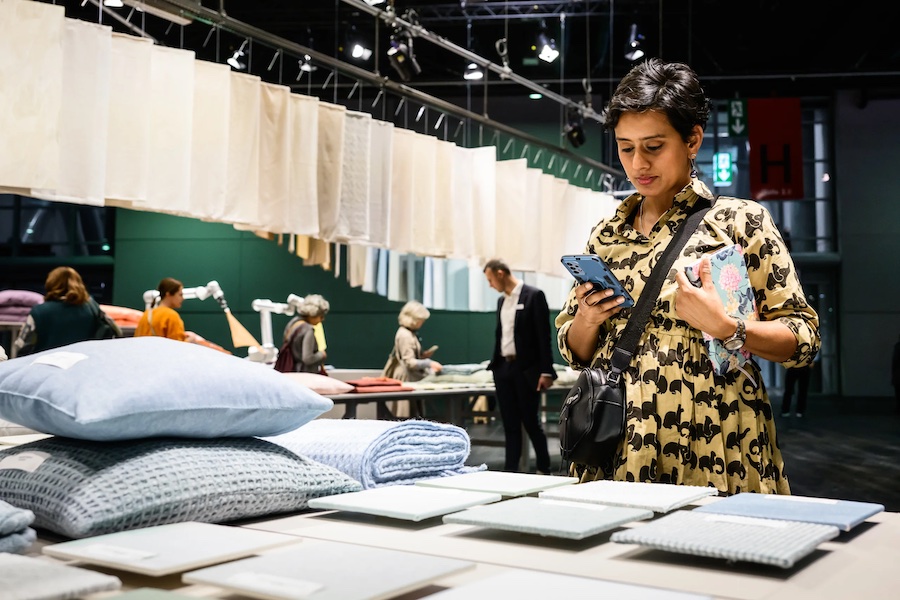#Market Analysis & Forecasts
Global smart fabrics market (2021 to 2026) - Growth, trends, COVID-19 impact, and forecasts
Companies Mentioned
• AIQ Smart Clothing Inc.
• Adidas AG
• NIKE Inc.
• ThermoSoft International Corporation
• Kolon Industries Inc.
• Interactive Wear AG
• Ohmatex
• Schoeller Textil AG
• Sensoria Inc.
• OTEX Specialty Narrow Fabrics Inc.
Key Market Trends
Fashion and Entertainment Industry to Witness Significant Growth
• The fashion and entertainment industry is using smart fabrics to incorporate unique aesthetics into clothing. Appearance features, such as color, size, or shape of garments, can be altered using technology woven into fabrics. Smart fabrics in clothes enable the user with the capability to interact with their surroundings and to communicate data via embedded sensors or conductive yarn through the clothes they wear with the wearable devices.
• In the fashion industry, the market studied is driven by innovations of the designers coming up with new and aesthetically pleasing outfits, integrated with a useful technical architecture capable of relaying information. Many brands, ranging from Uniqlo to Lululemon, are using smart fabrics to set their collections ahead of the pack.
• Many prominent brands such as Under Armour, Levi's, Tommy Hilfiger, among others, along with smaller companies such as Sensora, Loomia, Hexoskin, CuteCircuit, others are offering their smart clothing that are using smart fabrics to set their collections ahead of the others. For instance, CuteCircuit, are utilizing smart fabrics for their haute couture collections and specialty projects. CuteCircuit's 'Hug Shirt' allows the user to send electronic hugs through sensors within the garment.
• The French startup Spinali Design makes high-end beachwear with integrated ultraviolet light sensors that tell the wearer when it's time to apply sunscreen and distance trackers that tells the parents when the kids have wandered too close to the surf.
• Further, for the past few years, Google was working with Levi Straus on a future smart jean jacket under Project Jacquard, which would eventually lead to a jean jacket with smart fabric sleeves with built-in touch controls. In November 2019, the project was commercialized on new Jean jackets from Levis. The jacket costs USD 198 to USD 248.
North America to Account for a Significant Market Share
• North America is anticipated to substantiate a prominent share in the smart fabrics market, with the United States region accounting for the major share. Connected wearable products are gaining significant trends and have been around in various forms, such as fitness bands, smartwatches, smart glasses, and among others.
• According to the Consumer Technology Association (CTA), in 2018, around 46.1 million wearable devices were expected to be shipped in the United States. This increasing adoption of wearable electronics devices is anticipated to open new avenues for the smart fabrics market as they offer significant enhancements to human comfort, health, and well-being.
• Moreover, the Future Force Warrior research program of the US military is working on a smart battle suit to be introduced by 2020, including GPS, network communications, and sensors, to monitor physiological indicators, which included heart rate, blood pressure, and hydration.
• Furthermore, the Canadian military has made use of full-fabric keyboards in its IAV Stryker units, developed to replace the bulky, traditional hardware. These are designed to be lighter, more comfortable to transport, and have fewer components to break.
• Moreover, the level of research for developing smart fabrics have taken a step ahead in the region. The region has been witnessing research and developments to create adaptive thermal clothing could which control the microclimate around each individual. For instance, Kestrel Materials, an OtherLab spin-out company, commercializes thermally adaptive garment technology based on textile bimorph structure with strategically mismatched coefficients of thermal expansion
Key Topics Covered:
1 INTRODUCTION
2 RESEARCH METHODOLOGY
3 EXECUTIVE SUMMARY
4 MARKET DYNAMICS
4.1 Market Overview
4.2 Industry Attractiveness - Porter's Five Forces Analysis
4.3 Industry Value Chain Analysis
4.4 Market Drivers
4.4.1 Growth in Wearable Electronics Industry
4.4.2 Miniaturization of Electronics and Developments across Flexible Electronics
4.5 Market Challenges
4.5.1 High Cost and Data Security Concerns
4.6 Technology Snapshot
4.7 Assessment of Impact of Covid-19 on the Industry
5 MARKET SEGMENTATION
5.1 Type
5.1.1 Passive Smart Fabrics
5.1.2 Active Fabrics
5.1.3 Ultra-smart Fabrics
5.2 Application
5.2.1 Fashion and Entertainment (Incl. Home & Lifestyle)
5.2.2 Sports and Fitness
5.2.3 Medical
5.2.4 Transportation and Others
5.2.5 Space and Military
5.2.6 Industrial
5.3 Geography
5.3.1 North America
5.3.2 Asia Pacific
5.3.3 Europe
5.3.4 Rest of the World
6 COMPETITIVE LANDSCAPE
6.1 Company Profiles
7 INVESTMENT ANALYSIS
8 MARKET OPPORTUNITIES AND FUTURE TRENDS
For more information about this report visit:
https://www.researchandmarkets.com/r/h41d0k















